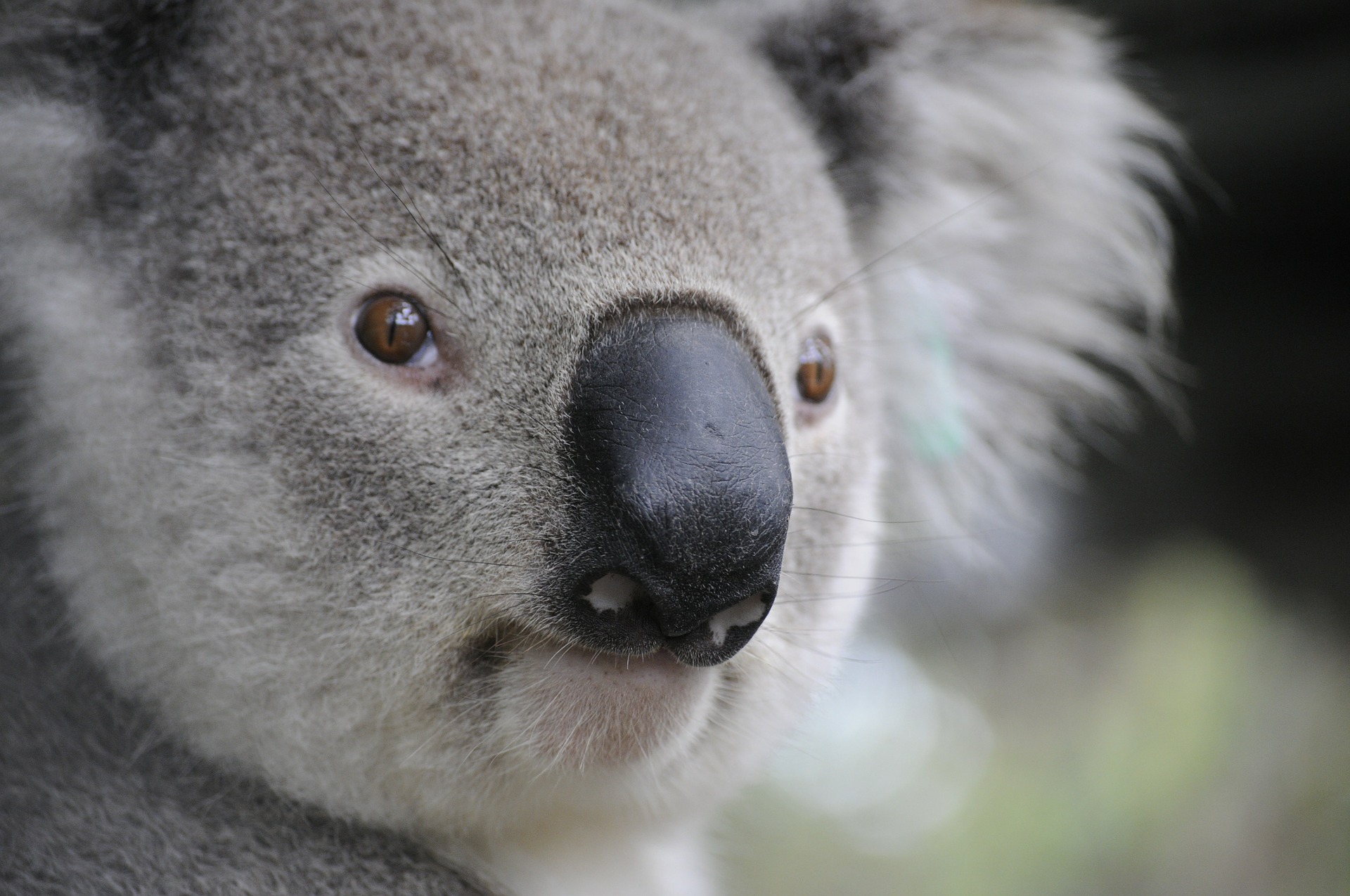
A team of Griffith University AI researchers will train cameras to use 'facial recognition' technology at koala crossing locations across South East Queensland to determine how koalas are using them and ultimately provide research-based planning to help protect the declining population.
Associate Professor Jun Zhou, from Griffith's School of Information and Communication Technology, will lead the two-year pilot study which is funded by a Community Sustainable Action Grant awarded to the team by the Queensland Government's Department of Environment and Science in March 2021.
The $90,000 grant program, Koala Applied Research South East Queensland (SEQ), allocates funding to eligible recipients to undertake practical and applied research projects into koala habitat protection and restoration, threat mitigation and community partnerships to support the long-term conservation of koalas in SEQ.

Associate Professor Zhou's pilot study, 'Predicting Koala Road Crossing Behaviours using AI-Powered Observation Network', will be rolled out at koala crossing locations in the Redland City Council area with 20 cameras by the end of July 2021.
"The goal of this project is to set up an AI-based monitoring facility to monitor the koalas' road crossing behaviours, so that we can analyse how many koalas are using the facilities to cross the road using underground pathways or the above-road crossings," he said.
"Previously, cameras have been set up to monitor the koala crossings but each of the captured video then had to be manually checked to see whether the animals filmed using the crossings were koalas or other species.
"Now, with artificial intelligence developing very quickly over the past 10 years, the technology is powerful enough to help recognise not only koalas generally, but which individual koalas are using the crossings using videos that have been trained by our AI.
"This last goal is quite challenging, but we hope the research and collaboration with wildlife organisations will make it possible."
As the AI needs to recognise individual koalas using the crossing at monitoring sites, the research team plan to work closely with conservation groups such as Koala Action Group, Daisy Hill Koala Centre, Moggill Koala Rehabilitation Centre and Currumbin Wildlife Sanctuary to train the technology to distinguish one koala to another based on their appearance and movements.
From 1997-2018, an average of 356 koalas entered care facilities due to vehicle collisions each year. Mitigating koala fatalities and injuries caused by vehicles was one of the most important tasks for koala conservation.
This required a deeper understanding and a better prediction of koala road crossing behaviour, which relied on enhanced koala monitoring and tracking technology, according to Associate Professor Zhou.
"In this study, networks of interconnected devices will be deployed, with each device integrating a camera, a motion sensor, a wireless/mobile network module, and a solar panel, in the vicinity of road crossing structures," he said.
"Animal movement will trigger image capture, with images transferred to a server at Griffith University. Computer vision and machine learning systems will be used to process images, allowing for automatic detection and recognition of individual koalas."
This data would then be analysed by the team to provide a greater understanding of koalas' use of crossing structures and help to design and optimise the location of fauna mitigation measures on roads, while working with governments, local councils and transport departments.






